What are the advantages and disadvantages of decaf beans? The difference between decaf and ordinary coffee

With people's pursuit of health, many drinks appear in people's lives under the banner of sugar-free and low-fat. Coffee, as one of the three major drinks in the world, is no exception, and it also introduces decaf coffee, which is the common decaf coffee in coffee shops at present. What are the characteristics of decaf coffee?
The Origin Story of decaf
According to Qianjie Coffee, the origin of decaf coffee has something to do with Goethe, a famous German envoy. He is an avid coffee lover, but he suffers from being unable to sleep after drinking coffee. Against this background, Goethe went to his friend Runge to analyze the ingredients of coffee beans and find out why coffee interferes with sleep. Around 1820, Longi found out that the factor affecting sleep was caffeine and developed a way to separate coffee beans from caffeine, so Lungi became the ancestor of decaffeinated coffee.
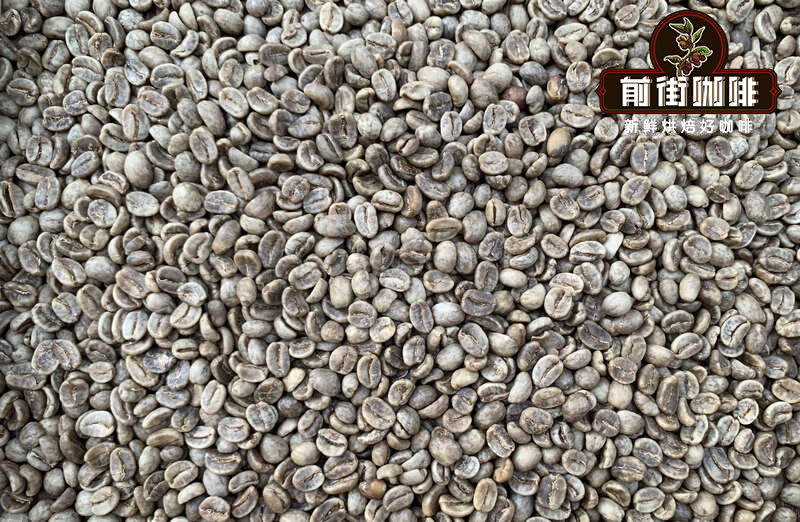
However, even though Lungi found the factors affecting coffee sleep at that time, the technology of extracting caffeine could not produce decaffeinated coffee in large quantities until 1903, when Ludwig Roselius, a German importer of coffee beans, found that as soon as the coffee beans were soaked in sea water, the caffeine content decreased a lot, so he hired a group of chemists to research and develop the technology of extracting caffeine, which made an important breakthrough in the extraction technology. Decaffeinated coffee is just beginning to be mass produced.
What is decaf?
How low is the caffeine before it can be called decaf? According to Qianjie Coffee, at least 97% of the caffeine in decaf beans has been removed. So decaf coffee is also known as Decaf, which stands for decaffeinated coffee (decaffeinated coffee). But it still contains a small amount of caffeine, so decaf doesn't mean 100% caffeine-free.
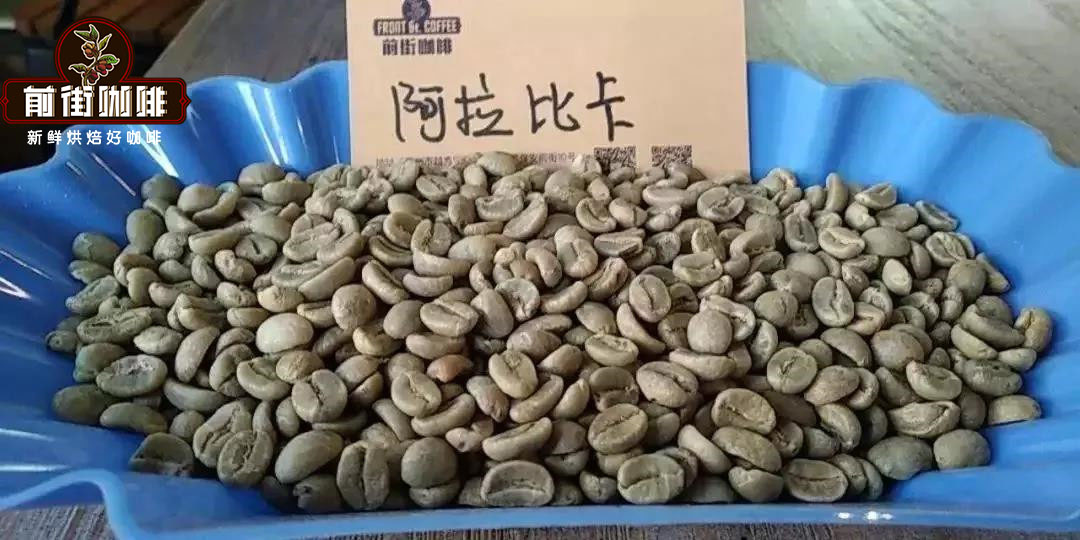
For example, Arabica coffee beans have a caffeine content of 0.9% Mel 1.4% (an average of 1.2%), while Robusta has a caffeine content of 1.8% Rue 4% (average 2.2%).
Low-caffeine coffee is divided into natural low-caffeinated coffee and artificially treated decaffeinated (low-caffeinated) coffee. For artificially decaffeinated low-caffeinated coffee, the EU standard for this type of low-caffeinated coffee is that the caffeine content after treatment does not exceed 0.1% of raw beans, while the FDA standard of the US Food and Drug Administration is less than 3% of the original caffeine content, so decaf coffee ≠ zero caffeine. So when explaining decaf to coffee lovers, Qianjie Coffee often says, "the intake of everything, apart from the dose, is a hooligan." Decaffeinated coffee treatment
So how does decaffeinated coffee chemically reduce the amount of caffeine in coffee beans? According to Qianjie Coffee, there are many ways to remove caffeine from coffee beans. Most of these include water, organic solvents or carbon dioxide. Wash the coffee beans in a solvent until caffeine is extracted, and then remove the solvent. Beans are decaf before they are roasted and ground.
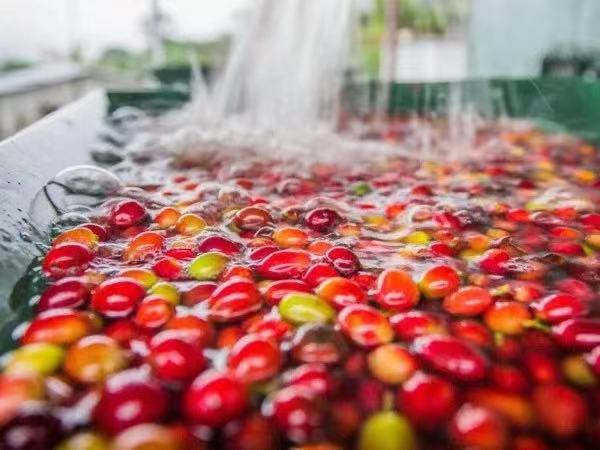
For example, at present, the common treatment methods of low-caffeine coffee include Swiss washing treatment, indirect solvent treatment, supercritical carbon dioxide treatment, and mountain spring water treatment. Each of these four treatments has its own characteristics. Next, Qianjie Coffee will take a look at the characteristics of these four treatments.
Swiss water treatment method
Qianjie Coffee learned that the process of this treatment is to soak the raw coffee beans in hot water, and the soaking stage has actually partially removed caffeine. The soaked solution is then filtered with activated carbon and finally poured back into the coffee beans. This series of steps will remove caffeine more effectively. In addition to not requiring the use of chemical solvents, the soaked solution can also be reused in different batches of treatment procedures. The only drawback is that the coffee will lose its flavor in the process of filtration.
However, the caffeine removal rate of this method can reach 99.9%, which is also the highest method of caffeine removal. Although the Swiss water treatment method will lose some coffee flavor, it is easy to operate and efficient because of its low cost. So the low-caffeine coffee beans we see now are mainly treated with Swiss water.
Direct solvent treatment
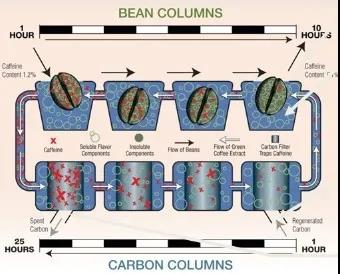
The rule of direct solvent treatment is to use chemical solutions such as dichloromethane and ethyl acetate to dissolve caffeine. First of all, steam is used to open the stomata of the raw coffee beans, and the dichloromethane solvent is directly added to the coffee beans. After the solvent and caffeine are fused, the caffeine-filled solvents are washed out, and the coffee beans are boiled again to remove all residual solvents.
Since the advent of this low-cause treatment, many people will think that long-term exposure to dichloromethane will increase the risk of cancer. So Qianjie Coffee found that the boiling point of dichloromethane is 39.8 °C, whether it is steam or baking temperature, which is enough to make dichloromethane evaporate completely. Therefore, we do not need to worry about the problem of causing cancer.
Indirect extraction treatment
The process of this method is to soften the raw coffee beans first, then pour the raw coffee beans into boiling water for several hours, this step will extract caffeine and many flavor elements into the water, when the solution becomes the essence of the coffee, then separate the water from the coffee beans, add dichloromethane or ethyl acetate, the chemical molecules will decompose the caffeine in the water, and then heat the caffeine to evaporate. The final flavor liquid is then introduced into the coffee beans to reabsorb the coffee oil and aroma. Although it is an indirect extraction, it is easy to lose the flavor of coffee.
High pressure extraction of carbon dioxide
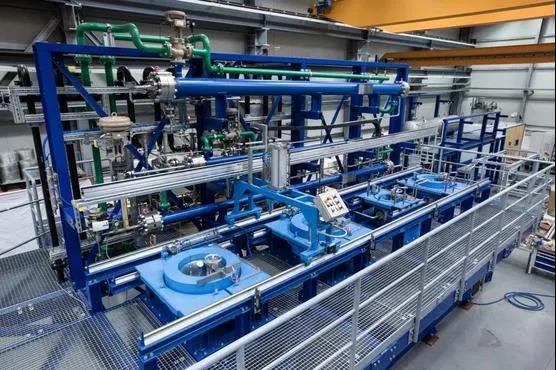
The process of this method is to use dry supercritical carbon dioxide to extract the aroma components of roasted coffee beans, and then use water-containing supercritical carbon dioxide to remove caffeine from coffee beans. finally, the previously extracted coffee flavor is put back into the caffeine-free beans. From the above steps, it can be found that supercritical carbon dioxide can go deep into the interior of coffee beans because of its high permeability and low surface tension. the removal of caffeine in this way will not cause damage to the coffee beans, the color will not change, and it is not easy to extract substances other than caffeine, which can retain the original flavor of coffee beans, but it can only be done in a special high-pressure environment. These are the relevant features of these four decaf treatments organized by Qianjie Coffee, and Qianjie Coffee has also introduced a Colombian Huilan low-caffeine bean using Swiss water treatment to share with you. Here is the basic information about this decaf bean.
Front street coffee Columbia Huilan decaf coffee beans
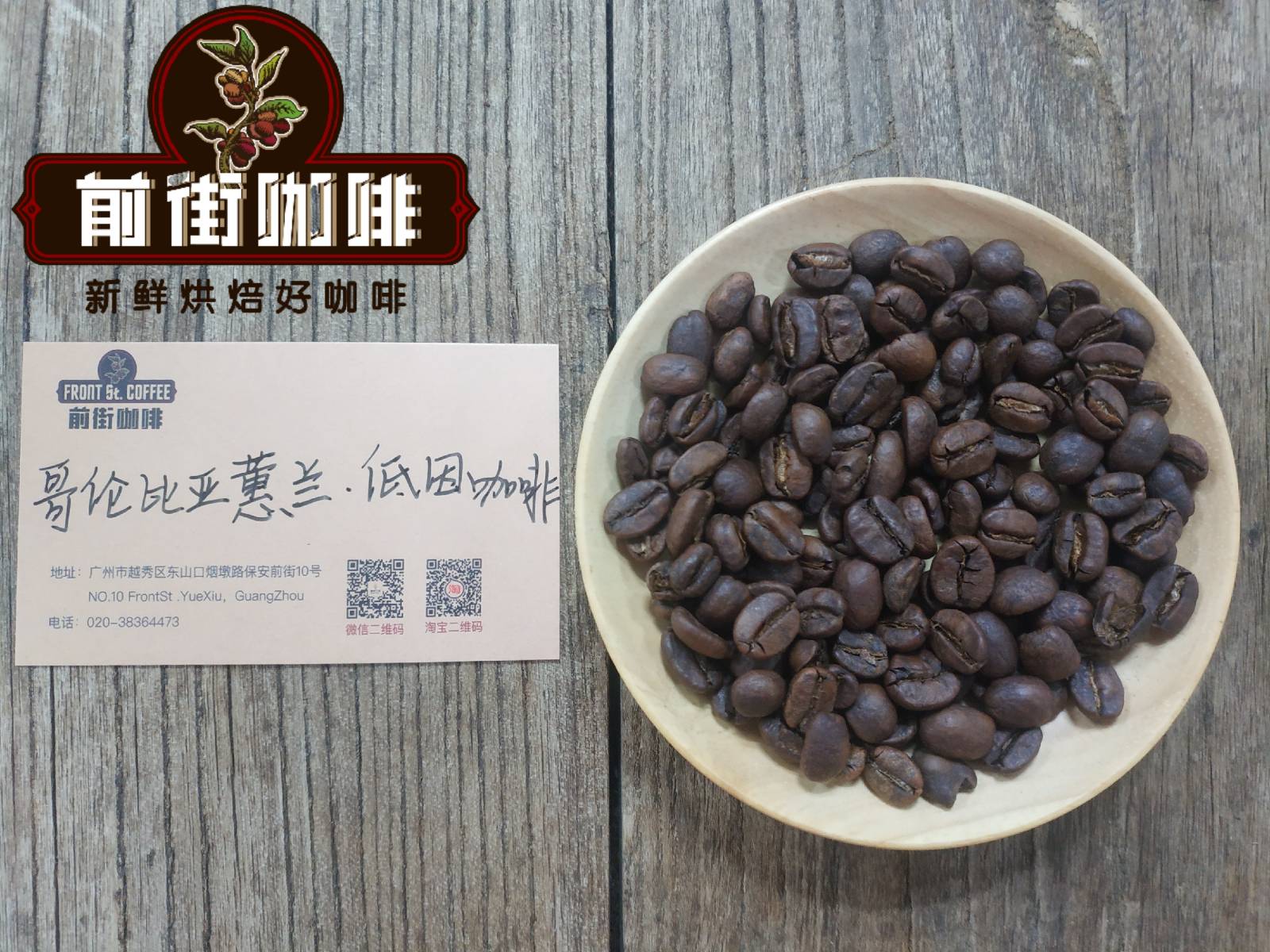
Producing area: Huilan, Colombia
Altitude: 1750 m
Variety: iron pickup, Kaddura, Castillo
Treatment method: Swiss washing treatment
Grade: Supremo
Flavor: dark chocolate, caramel, nuts, mellow taste.
Is decaf good?
Coffee lovers who have drunk other low-fat and sugar-free coffee know that the flavor of the drink must not be as good as the original taste, so is decaf? In fact, Qianjie coffee here thinks that the bad taste of low-cause coffee is not caused by treatment.
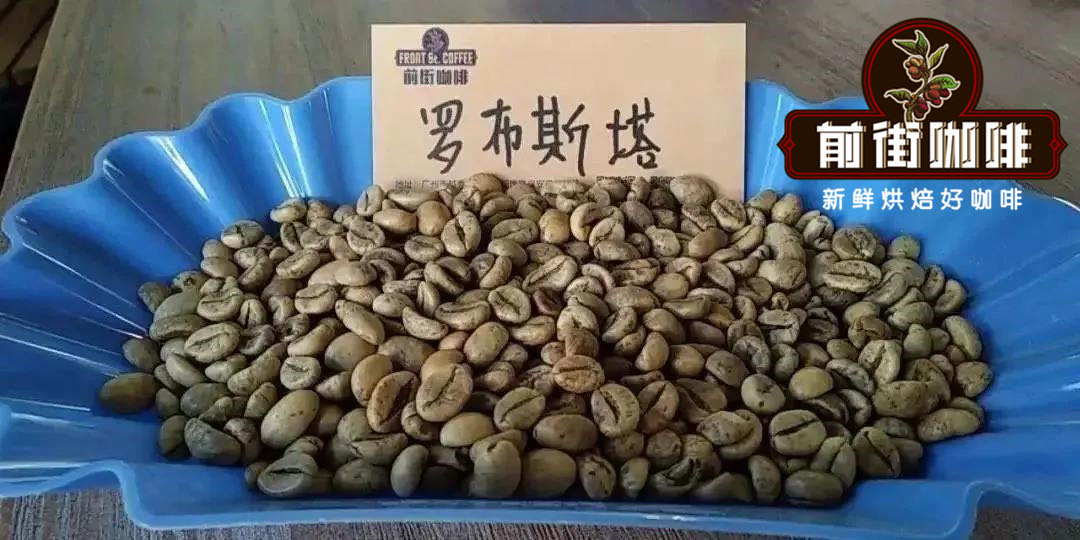
The reason why Qianjie Coffee is not good is that most decaf coffee producers choose cheap, commercial-grade coffee beans when they choose raw coffee beans for processing. For example, it is not good to use Robusta, a variety of coffee beans with high caffeine content in the first place. And if decaf manufacturers start with high-quality Arabica beans, decaffeinated coffee can still perform very well.
Advantages and disadvantages of decaf coffee
According to the above, decaf is mostly an advantage, so what are its disadvantages? Qianjie Coffee here is that decaf coffee certainly has its disadvantages, but the advantages always outweigh the disadvantages. For example, caffeine is actually the largest source of antioxidants in Western diets.
This difference is probably due to a small loss of antioxidants in the decaffeinated process. So now more and more people choose decaf coffee because it not only has the effect of antioxidation, but also does not affect sleep.
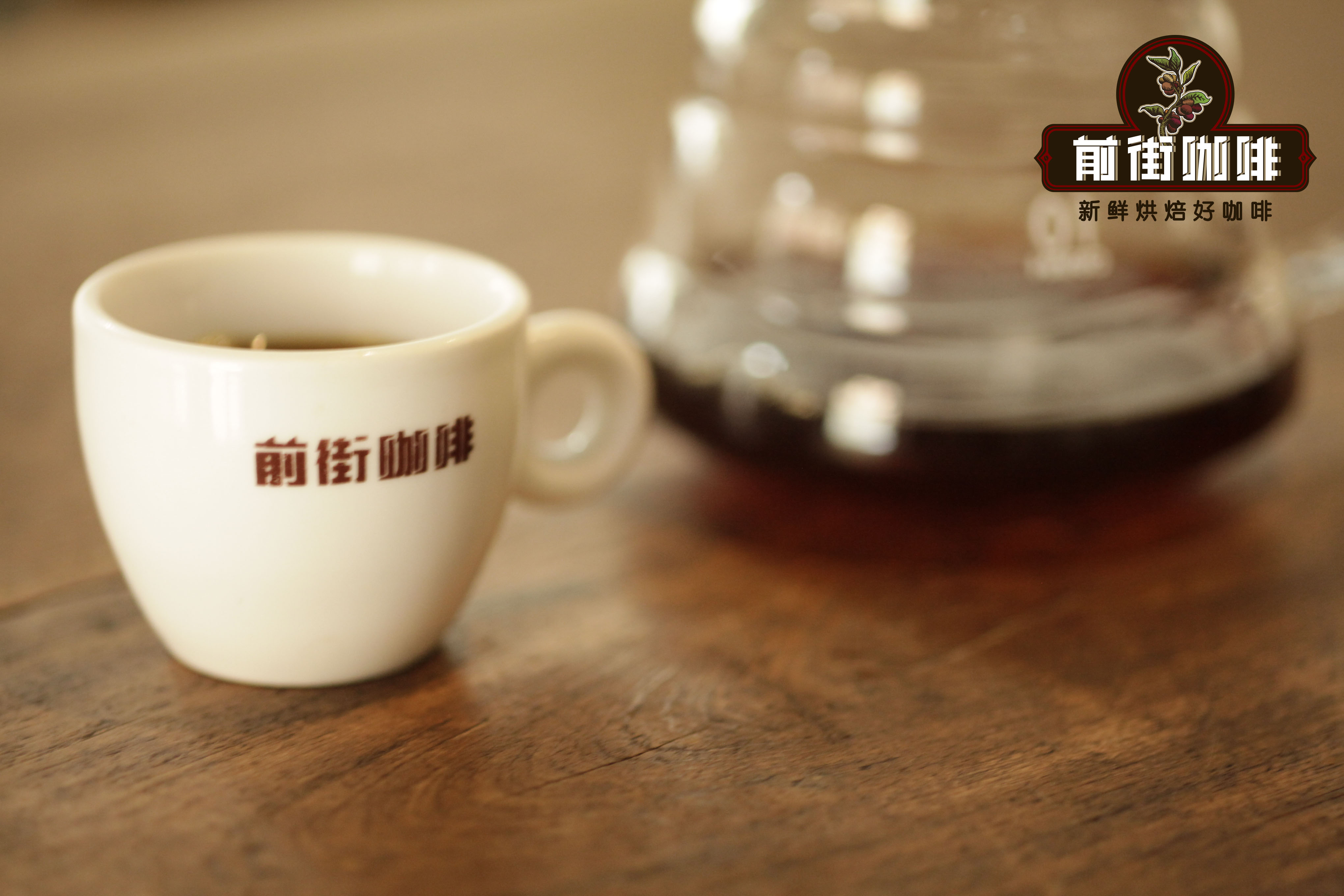
Secondly, the difference between regular coffee and decaf coffee is that the main antioxidants in caffeine are hydrogenated cinnamic acid and polyphenols. Antioxidants are very effective in neutralizing active compounds called free radicals. This can reduce oxidative damage and may help prevent diseases such as heart disease, cancer and type 2 diabetes.
In addition to antioxidants, decaffeinated coffee also contains small amounts of nutrients. For example, a cup of non-caffeinated coffee provides 2.4% of the recommended daily magnesium intake, 4.8% potassium and 2.5% niacin, or vitamin B3. This may not seem like a lot of nutrients, but if you drink 2-3 cups (or more) of coffee a day, these amounts will increase quickly.
To sum up, decaf coffee has many advantages, and the only disadvantage may be that it is slightly lighter in flavor, which is not as good as ordinary coffee, but if the beans are good, the flavor will not be too bad.
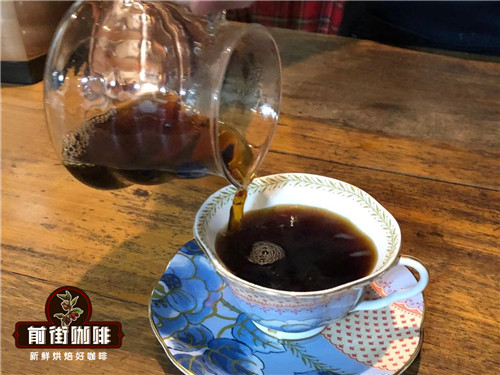
The above is the story of Qianjie Coffee about the advantages and disadvantages of low-caffeine coffee and the treatment of low-caffeine coffee beans. I hope this article can help coffee lovers who want to know relevant knowledge so that they can choose high-quality coffee beans that suit their tastes in the future.
Professional coffee knowledge exchange more coffee bean information please follow the coffee workshop (Wechat official account cafe_style)
For more boutique coffee beans, please add private Qianjie coffee on Wechat. WeChat account: kaixinguoguo0925
Important Notice :
前街咖啡 FrontStreet Coffee has moved to new addredd:
FrontStreet Coffee Address: 315,Donghua East Road,GuangZhou
Tel:020 38364473
- Prev
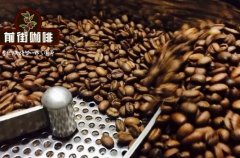
The general steps and principles of matching what is the art of mixing beans? What are the advantages of matching beans?
Professional coffee knowledge exchange more information about coffee beans Please pay attention to the reason and purpose of blending coffee workshop (Wechat official account cafe_style). People need to put together coffee from different places for several different purposes. The ideal goal, of course, is to piece together a coffee that tastes better than any of them. But generally speaking, Arabica coffee from a single producing area
- Next
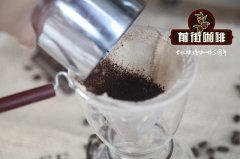
How to cook kona coffee beans? what are the famous producing areas of kona coffee beans? Coffee shop
Professional coffee knowledge exchange more coffee bean information please pay attention to the coffee workshop (Wechat official account cafe_style) the island can also produce boutique coffee Kona coffee beans Hawaii Kona English is Hawaii Kona, in the expensive Kona coffee beans there must be Hawaiian Kona coffee beans, unexpectedly in a holiday island in Hawaii can grow amazing coffee
Related
- Detailed explanation of Jadeite planting Land in Panamanian Jadeite Manor introduction to the grading system of Jadeite competitive bidding, Red bid, Green bid and Rose Summer
- Story of Coffee planting in Brenka region of Costa Rica Stonehenge Manor anaerobic heavy honey treatment of flavor mouth
- What's on the barrel of Blue Mountain Coffee beans?
- Can American coffee also pull flowers? How to use hot American style to pull out a good-looking pattern?
- Can you make a cold extract with coffee beans? What is the right proportion for cold-extracted coffee formula?
- Indonesian PWN Gold Mandrine Coffee Origin Features Flavor How to Chong? Mandolin coffee is American.
- A brief introduction to the flavor characteristics of Brazilian yellow bourbon coffee beans
- What is the effect of different water quality on the flavor of cold-extracted coffee? What kind of water is best for brewing coffee?
- Why do you think of Rose Summer whenever you mention Panamanian coffee?
- Introduction to the characteristics of authentic blue mountain coffee bean producing areas? What is the CIB Coffee Authority in Jamaica?

